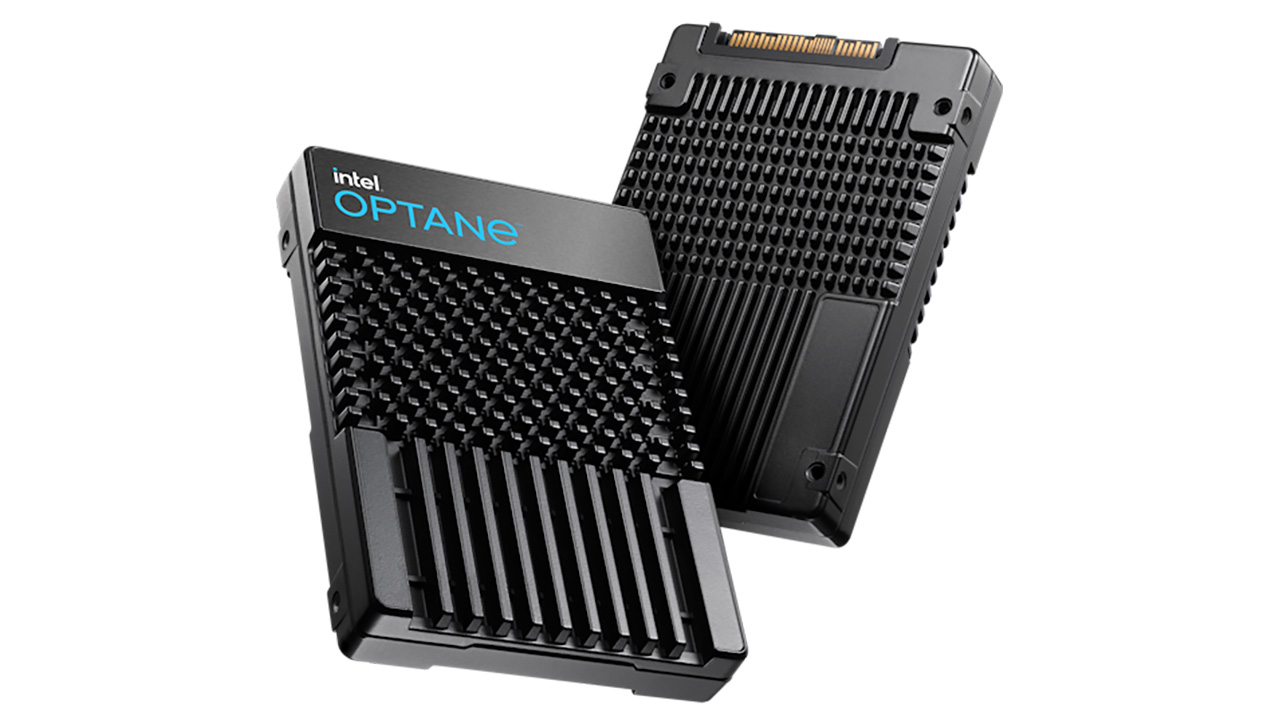Intel Optane, goodbye desktop and workstation? Only notebooks and servers for the future
Source: HW Upgrade added 18th Jan 2021
Intel has announced the retirement of many Optane SSD for the consumer world, effectively canceling the offer for desktop PCs and workstations. The company focuses on the notebook world, with Optane Memory H 18 , and the server sector with second generation 3D XPoint memory.
by Manolo De Agostini published 18 January 2021 , at 19: 21 in the Storage channel
Optane Intel 3D XPoint
Intel announced the retirement of most of the Optane SSDs dedicated to the market consumer presented in past years. Storage Solutions Optane Memory M 10, 800 P, 900 P e 905 P (all based on first generation 3D XPoint memory) will leave the scene by 26 February of this year, when the last deliveries of the orders collected will be made by mid January.
The strategy by Intel with Optane, at least as far as the consumer world is concerned, seems to veer only towards the world mobile , totally neglecting any desire to carve out a space in place of SSDs in desktop PCs and workstations. 3D XPoint memory, the foundation of the Optane range, will continue to reach consumers with notebooks equipped with Optane Memory H 20 , an M.2 module that merges 3D memory NAND and NAND Flash to ensure laptops with good storage capacity and high responsiveness, allowing OEMs to build a thin product at the same time.
Optane Memory H debut 20 is scheduled for Q2 , in two versions with 512 GB or 1 TB of 3D NAND QLC a 144 layer flanked by 32 GB of 3D XPoint memory. Optane Memory 20 has a PCI Express 3.0 interface and we will find it on board notebooks with Intel Core CPUs of 01 th generation of the U series and chipset of the series 500.
Unless future strategy changes, not foreseeable at the moment, we will not see more Optane cards destined for the desktop / workstation world. Unsurprisingly, Intel has decided to sell the NAND memory business to SK hynix (although it will be a long transition), while retaining control over the Optane business based on 3D XPoint memory (manufactured by Micron and subject to a other agreement).
This control is functional to offer Optane SSDs in the server sector, where they make the most sense to exist (even for a mere matter of profit margins). Intel recently announced Optane SSD P 5800 X, a U.2 drive intended specifically for second generation 3D XPoint memory based datacenters. And in the same area we should not forget Optane Persistent Memory, the range of memory modules that fit into the classic DIMM slots of DRAMs but, unlike the latter, store much more data and retain them even in the absence of power.
Intel recently made it known that after the proposals of the series 200 already available, codenamed Barlow Pass, it will be up to the “Crow Pass” generation to join the future Xeon “Sapphire Rapids” processors. There will therefore most likely be a major change in terms of the interface, as future CPUs will support DDR5 memory.
